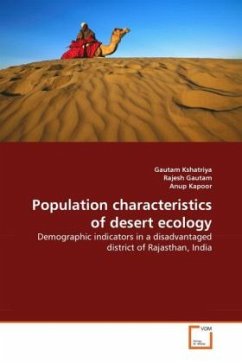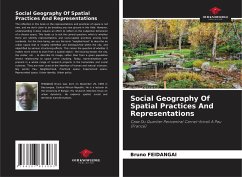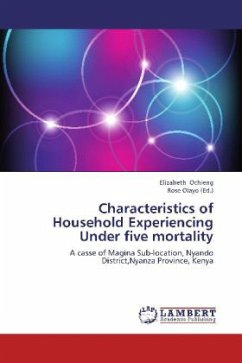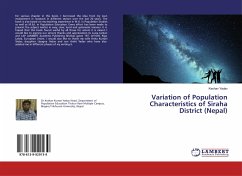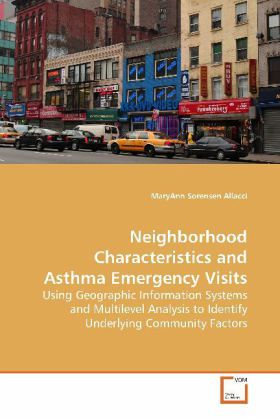
Neighborhood Characteristics and Asthma Emergency Visits
Using Geographic Information Systems and Multilevel Analysis to Identify Underlying Community Factors
Versandkostenfrei!
Versandfertig in 6-10 Tagen
38,99 €
inkl. MwSt.

PAYBACK Punkte
19 °P sammeln!
Asthma is not equally distributed across regions, populations, or communities. This original research examines the spatial distribution of Central Harlem residents visiting the local Emergency Department for asthma treatment. Using geographic information systems to create new spatially-defined areas for analysis, the ecological study shows how archival data can be used to identify hot-spots or clusters of asthma emergency cases. It tests the hypothesis that the spatial distribution of patients residential addresses can be explained throughanalysis of environmental factors affectingneighborhood...
Asthma is not equally distributed across regions,
populations, or communities. This original research
examines the spatial distribution of Central Harlem
residents visiting the local Emergency Department
for asthma treatment. Using geographic information
systems to create new spatially-defined areas for
analysis, the ecological study shows how archival
data can be used to identify hot-spots or clusters
of asthma emergency cases. It tests the hypothesis
that the spatial distribution of patients
residential addresses can be explained through
analysis of environmental factors affecting
neighborhood and housing quality. Multilevel
analysis offers a methodological approach that
enhances the validity of applying aggregated data to
explain the individual level outcomes. The findings
offer evidence for the role of underlying community
environmental factors in asthma emergency and
insights into areas for intervention. "A genuine
and realistic examination of asthma and neighborhood
environments. PC Lippman,JCJ Architecture
populations, or communities. This original research
examines the spatial distribution of Central Harlem
residents visiting the local Emergency Department
for asthma treatment. Using geographic information
systems to create new spatially-defined areas for
analysis, the ecological study shows how archival
data can be used to identify hot-spots or clusters
of asthma emergency cases. It tests the hypothesis
that the spatial distribution of patients
residential addresses can be explained through
analysis of environmental factors affecting
neighborhood and housing quality. Multilevel
analysis offers a methodological approach that
enhances the validity of applying aggregated data to
explain the individual level outcomes. The findings
offer evidence for the role of underlying community
environmental factors in asthma emergency and
insights into areas for intervention. "A genuine
and realistic examination of asthma and neighborhood
environments. PC Lippman,JCJ Architecture



